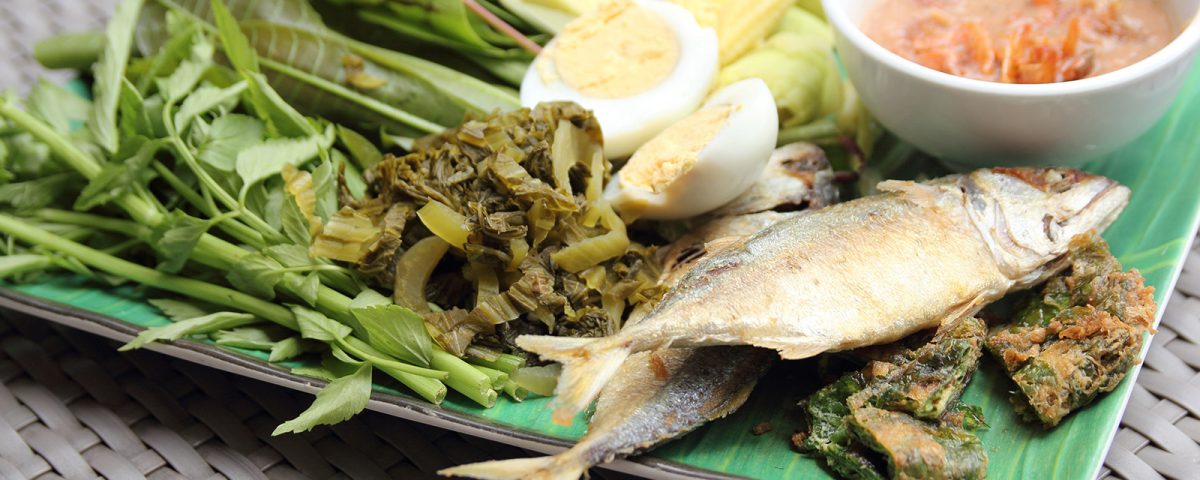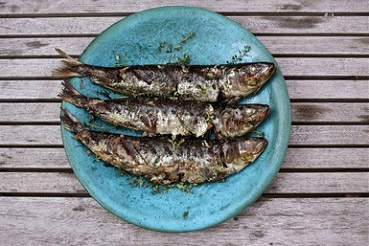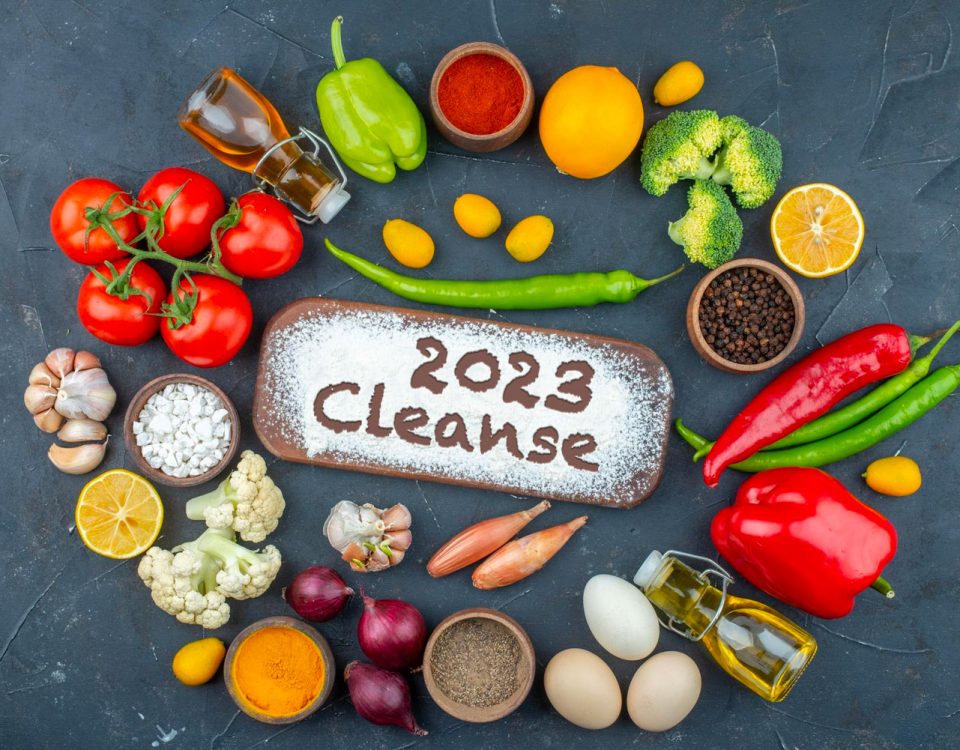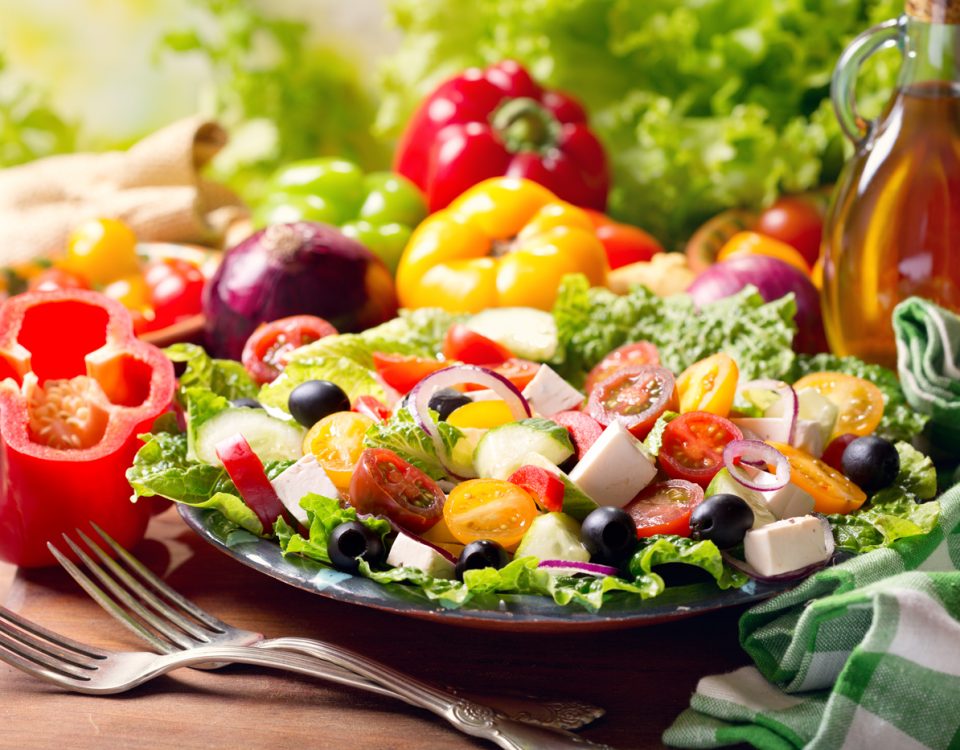
Sardines may not win any popularity contests, but many of us probably decided we weren’t keen on them before we knew much about what we might be missing out on…

Omega 3 Fatty Acids
Sardines contain a small amount of fat, but they are good fats (and we know it’s sugars, not good fats that are the enemy in weight management). In fact they are packed full of those all important Omega 3 fatty acids ( EPA & DHA). Omega 3s are found in other cold-water fish like salmon, tuna and halibut but compared with other fish, sardines have amongst the highest concentration.
Omega -3’s are very anti-inflammatory (they help prevent development of chronic health conditions including cancer and heart disease). They promote brain and heart health ( lowering cholestrol and blood pressure) and are really important for our digestive health.
Great source of protein
Nutritionally speaking, sardines are a great source of protein. Having protein with our meals (as you may have heard from me before) is key to balancing our blood sugars – and therefore our energy, mood and hormone levels throughout the day. So for example, having some tinned sardines on a slice of spelt toast with some salad on the side for a quick and easy lunch is a well balanced meal and will help prevent those afternoon blood sugar dips that lead us all reaching for that sugar fix later on.
Rich in Vitamins
Sardines are also an excellent source of Vitamin B12. This vitamin is involved in the development of red blood cells and is only found in animal products, particularly fish, shellfish and organ meats so we need to be aware that we are getting sufficient quantities. Signs of B12 deficiency include weakness, fatigue and digestive problems. So for those that don’t fancy eating liver for their B12, here’s your solution.
Vitamin D is hard to find in food but you guessed it, fish oil (and therefore sardines) are one of the few food sources of this vital vitamin. As I have mentioned in previous articles, it can be difficult, with our weather conditions, to build up enough Vitamin D through exposure to the sun.
Mineral Rich
Sardines are a good source of calcium. It also provides good levels of phosphorous ( bones, muscle and nerve function) and selenium ( powerful antioxidant).
Low in toxins ?
Fish can unfortunately come in contact with chemicals, such as mercury, which they can absorb and pass on to us. However certain fish are more susceptible than others and as sardines are low on the ocean’s food chain, they contain lower amounts of toxins and PCBs than longer-living predators such as swordfish, salmon and tuna. In fact sardines are classed among the lowest mercury-containing fish. This makes them a particularly good choice for children and pregnant women.
Sustainably fished
Unlike some of their fish alternatives, sardines are generally sustainably sourced and stocks are well-managed.
What about tinned sardines?
Although fresh is almost always best and I would not advocate having canned foods every day of the week, I believe that some of the downsides we associate with canned foods* because of their packaging can in this case be outweighed by their nutritional benefits – and let’s be honest their convenience.
How to include them in your diet
Fresh sardines are ideal for grilling. They are delicious hot or cold, with a tomato sauce or with butter, lemon and fresh herbs and salad. If you are feeling more adventurous, you could try recipe for “Spaghetti con le Sarde”, using fennel, pine nuts and saffron.
But we don’t always have a chance to make a trip to the fishmongers or (even the fish counter!) and not all of us are comfortable preparing fish for cooking. Frankly, if sardines are not particularly fresh, there is a risk of our kitchens being tinged with hard to lose fishy aromas. In our house we buy fresh sardines when they are really fresh and cook them on the barbeque weather permitting.
But there is an easy alternative and that is tinned sardines. We keep a regularly stocked variety of tinned sardines in our cupboard (we like the version in tomato sauce- you get the benefit of the lycopene in the tomato and it works well on toast). There’s no concern about sell by dates and they are incredibly good value.
The big surprise is how easy it was to get the children eating them; ours have them spread on toast (mash them up a bit first with a fork and add a squeeze of lemon and pepper) or they go equally well as a filling for a jacket potato. For a quick and easy lunch, we have them with a bag of pre-prepared quinoa or mixed grains (try the Merchant Gourmet range in the supermarket or similar), plenty of lemon juice and some salad/ fresh herbs.
Brands worth trying are the “Fish4Ever” and Waitrose range of “Sardine Al Limone or “Sardine Piccanti” or the “Lusso Vita” range ( includes skinless/boneless options).

*Most canned goods in the UK contain a small amount of the chemical BPA but in fish canning, BPA has only been used as a sealant between the lid and the tin. There has been controversy over BPA and so the whole fish canning industry has moved to BPA NI ( non-intent) status as manufacturers state that BPA has not been intentionally added). This is because there is still the possibility of cross-contamination of trace amounts of BPA during the process of lining the metal because other lining material still containing BPA is used on shared equipment. The best form of food packaging is probably a subject for an article another day!





